Once upon a time, long before Elsa or Simba hit the big screen, a Russian folklorist was busy dissecting the classic tales of his country. If Vladimir Propp were alive today, he might be amazed at how many beloved Disney stories have followed the plot structure he developed as a result of all his research.
Not familiar with this structure? Read on to learn how to use the Propp Folktale Structure template in Plottr, with plenty of examples.
What is the Propp Folktale Plot Structure?
The Propp Folktale plot structure, used in the creation of folktales, is based on the teachings of Vladimir Propp, a Russian folklorist and scholar.
Propp extensively analyzed numerous Russian folktales to be able to identify the most basic parts they had in common. You could liken this narrative examination to looking at folktales at a cellular level.
This plot structure is made up of four phases and thirty-one structural elements, or what Propp called functions, which occur in a set ascending order.
Note that not all thirty-one functions occur in every tale, though they do typically have to maintain the set order.
Who is Plottr’s Propp Folktale Plot Structure Template For?
Though any fiction author can likely find at least some of the Propp Folktale structure useful in the development of their stories, this method of plotting is particularly useful for writers who are building stories that are traditional or archetypal in nature. Among these are fantasy stories, fairy tales, or folklore.
Whether the final form is a short story, novel, or movie script, the steps in this plot structure are applicable. Because the Propp Folktale plot structure is not rigid, it can be adapted to fit the needs of any author or story.
Plot Points of the Propp Folktale Plot Structure
In this plot structure template within Plottr, thirty-one story beats are spread out over four phases of the narrative. Your story may not use every beat included in this plot structure.
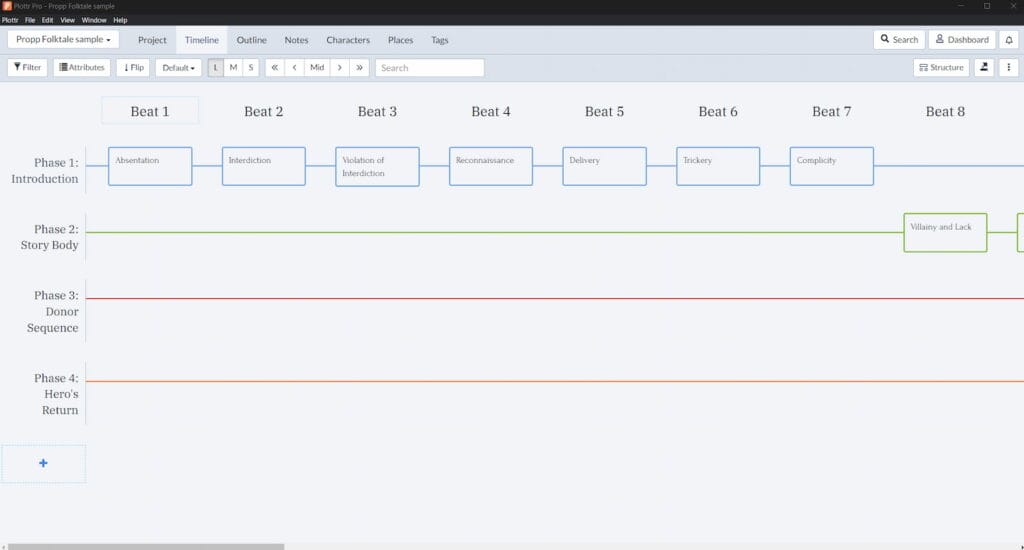
Phase 1: Introduction
This first phase contains the following beats or story events:
Absentation: Shortly after the hero’s initial situation is introduced, a member of their community or family leaves the security of the home environment. This may be the hero himself, or another relation whom the hero must later rescue.
This division of the cohesive family injects the first tension into the storyline. This may serve as the hero’s introduction, which typically portrays them as an ordinary person.
Example: When Little Red Riding Hood leaves home to visit her grandmother.
Interdiction: A forbidding edict or command is passed upon the hero (e.g., “don’t go there” or “don’t do this”). The hero is warned against some action.
Example: In the Little Red Riding Hood example, Red is told not to speak with strangers.
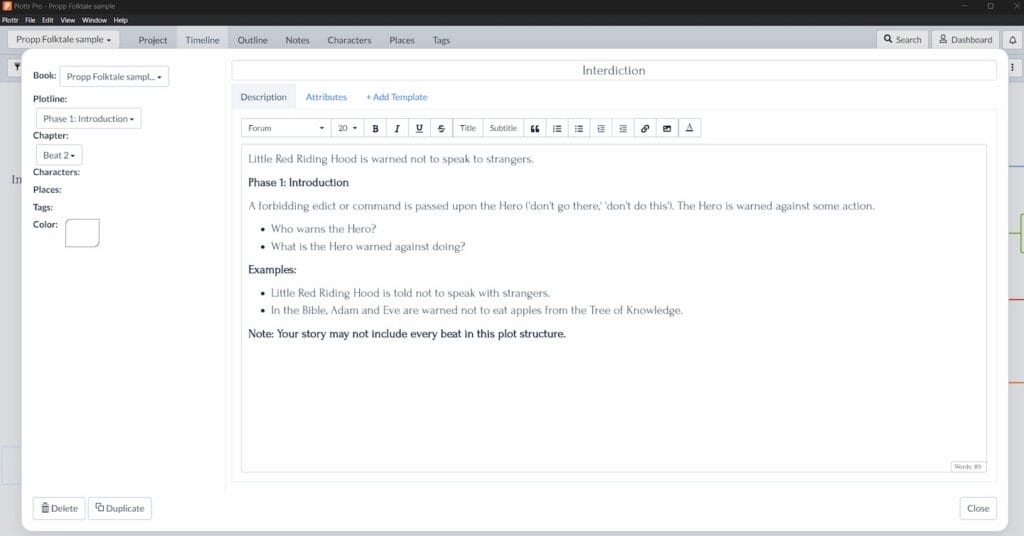
Violation of Interdiction: As you might expect, here we see the prior rule violated. The hero did not obey the command or forbidding edict — whether by accident or temper, a third party, or a foe’s show of force — and this generally leads to negative consequences.
The villain enters the story via this event, although not necessarily by confronting the hero. They may be a lurking and manipulative presence, or might act against the hero’s family in their absence.
Example: In the biblical story of the Garden of Eden, Adam and Eve eat an apple from the Tree of Knowledge even though they’ve been warned not to.
Reconnaissance: The villain next makes an effort to attain knowledge needed to fulfill their machinations.
Disguises are often invoked as the villain actively probes for information, perhaps for a valuable item or to abduct someone. They may speak with a family member who innocently divulges a crucial insight.
The villain may also seek out the hero in their reconnaissance, perhaps to gauge their strengths in response to learning of their special nature.
Example: The wolf in Little Red Riding Hood asks, feigning friendship, where Red is headed — with plans to find her there later and eat her.
Delivery: The villain succeeds at recon and gains a lead on their intended victim. A map is often involved in some level of this event.
Example: When the magic mirror in Snow White provides needed information to the queen.
Trickery: The villain next attempts to deceive the victim to acquire something valuable. They press further, aiming to con the hero and earn their trust.
Sometimes the villain makes little or no deception and instead ransoms one valuable thing for another.
Example: In Little Red Riding Hood, the wolf encourages Red to pick flowers for her grandmother. He is racing her to her grandmother’s house, and wants to ensure he arrives first so he has time to set his trap.
Complicity: The victim is fooled or forced to concede and — unwittingly or unwillingly — helps the villain’s plan along. The villain is now free to access some location that was previously off limits, like the privacy of the hero’s home or a treasure vault, and act without restraint in their ploy.
Example: While Little Red Riding Hood looks for flowers, the wolf sneaks to her grandmother’s house and pretends to be her.
Phase 2: Story Body
The second phase follows these four steps:
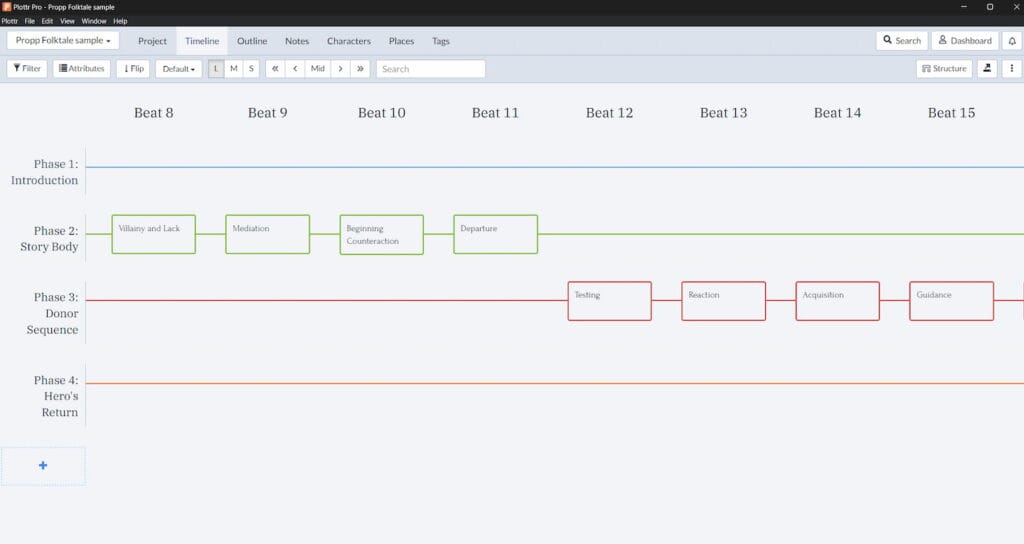
Villainy and Lack: Here, the villain harms a family member via actions that may include abduction, theft, spoiling crops, plundering, the banishment or expulsion of one or more protagonists, murder, threatening a forced marriage, inflicting nightly torments, and so on.
Simultaneously or alternatively, the protagonist finds they desire or require something lacking from the home environment (a potion, artifact, or the like).
The villain may still be indirectly involved, perhaps fooling the family member into believing they need such an item.
Example: The wolf eats the grandmother in Little Red Riding Hood and then dresses as her to fool Red when she arrives.
Mediation: One or more of the negative factors covered previously comes to the attention of the hero, who uncovers the deceit and/or learns of the villainous acts that have transpired.
Example: Little Red Riding Hood learns the fate of her grandmother when she discovers the wolf is pretending to be her.
Beginning Counteraction: The hero considers ways to resolve the issues by seeking a needed magical item, rescuing those who are captured or otherwise thwarting the villain.
This is a defining moment for the hero, one that shapes their further actions and marks the point when they begin to fit their noble mantle.
Example: In another example from classic folklore, Hansel and Gretel’s Hansel offers the witch a thin bone in place of his finger.
Departure: The hero next leaves the home environment, this time with a sense of purpose. Here begins their adventure.
Example: In Cinderella, she leaves home to head to the ball at the palace.
Phase 3: Donor Sequence
The third phase of the Propp folktale plot structure consists of beats twelve to nineteen.

Testing: The hero encounters a magical agent or helper (donor) on their path, and is tested in some manner through interrogation, combat, puzzles, or other challenges.
Example: In Jack and the Beanstalk, Jack receives magic beans in exchange for his cow. These beans produce the beanstalk that he climbs to the giant’s castle, where he tries to avoid the giant while he steals treasure.
Reaction: The hero responds to the actions of their future donor, perhaps withstanding the rigors of a test and/or failing in some manner, freeing a captive, reconciling disputing parties, or otherwise performing good services. This may also be the first time the hero comes to understand the villain’s skills and powers, and uses that knowledge for good.
Example: In Beauty and the Beast, Belle agrees to be the Beast’s captive if she is allowed to care for her ailing father. She willingly sacrifices herself for her father.
Acquisition: The hero here acquires the use of a magical agent as a consequence of their good actions.
This may be a directly acquired item, something located after navigating a tough environment, a good purchased or bartered with a hard-earned resource or fashioned from parts and ingredients prepared by the hero, something spontaneously summoned from another world, a magical food that is consumed, or even the earned loyalty and aid of another.
Example: In Aladdin, the protagonist is rewarded with three wishes because he released the genie from the lamp.
Guidance: The hero is transferred, delivered, or somehow led to a vital location, perhaps related to one of the above functions—such as the home of the donor or the location of the magical agent or its parts—or to the villain.
Example: In the Greek myth about Perseus and Medusa, Perseus receives guidance from Athena, the goddess of wisdom and war. She tells him to seek out the Graeae, three old women who share a single eye, and obtain information about where to find the objects he needs to slay Medusa.
Struggle: The hero and villain meet and engage in conflict directly, either in battle or some nature of contest.
Example: When the queen discovers that Snow White is still alive, she disguises herself as an old woman and attempts to kill Snow White with a poison apple.
Branding: The hero is physically marked in some manner by the events of the story, perhaps receiving a distinctive scar or a cosmetic item like a ring or scarf which becomes a fixture of their wardrobe throughout the story.
Example: In Beauty and the Beast, upon being released from the castle, Belle is given a magic ring and mirror that will allow her to return to the Beast if she wants to do so.
Victory: The villain is defeated by the hero—killed in combat, outperformed in a contest, struck when vulnerable, banished, and so on.
Example: Despite the efforts of her stepmother and stepsisters to prevent Cinderella from trying on the glass slipper brought by the Grand Duke at the behest of the king, she produces the matching slipper and it fits. This allows her to marry the prince and trade her lonely life of hardship for a happy new life as a princess.
Phase 4: Hero’s Return
This final phase encompasses the last twelve beats of the story.
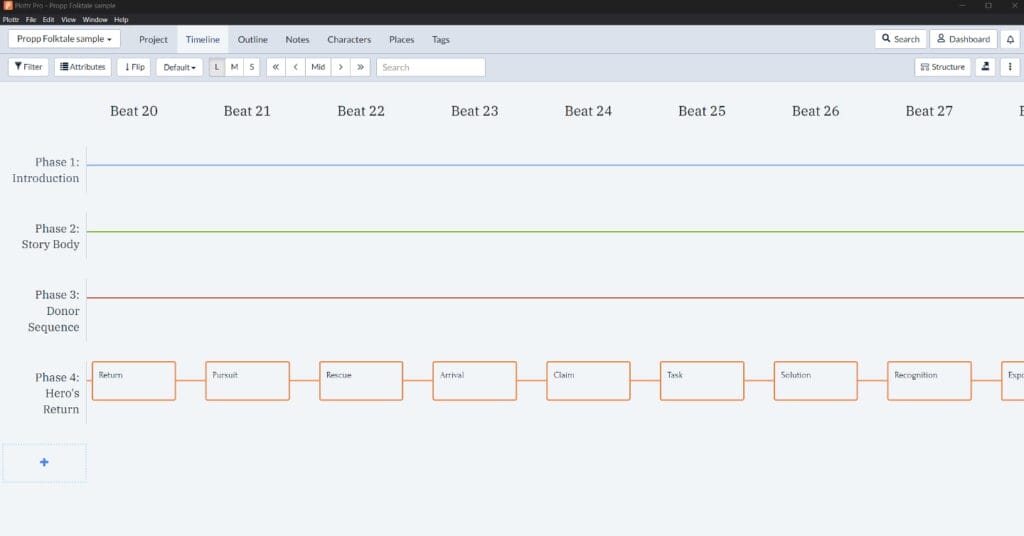
Return: The hero travels back to their home.
Example: Hansel and Gretel return home to their lamenting father.
Pursuit: The hero is pursued by some threatening adversary, who perhaps seeks to recapture or eat them.
Example: In The Lion King, after Simba decides to return to the Pride Lands and reclaim his rightful place as king, he is pursued by his murderous uncle Scar and his hyena minions.
Rescue: The hero is saved from a chase. Something may act as an obstacle to delay the pursuer, or the hero may find or be shown a way to hide, up to and including undergoing an unrecognizable transformation. The hero’s life may be saved by another.
Example: In Beauty and the Beast, Belle rescues the Beast from Gaston, who wants to kill him. She admits her love for him, which breaks the spell that turned him into a beast.
Arrival: The hero arrives, whether in just another location along their journey or to their ultimate destination, and is unrecognized or unacknowledged.
Example: In The Lord of the Rings, Aragorn returns to Gondor disguised as a common ranger and isn’t recognized as the rightful heir to the throne.
Claim: A false hero presents unfounded claims or performs some other form of deceit. This may be the villain, one of the villain’s underlings, or an unrelated party. It may even be some form of future donor for the hero, once they’ve faced their actions.
Example: Anna’s first love interest in Frozen, Prince Hans, poses as an ally when, in fact, he is actively conspiring to take over the kingdom of Arendelle.
Task: A trial is proposed to the hero—riddles, tests of strength or endurance, acrobatics, and other ordeals must be accomplished to continue their progress.
Example: The task for Cinderella is to prove her identity as the woman who danced with the prince by fitting her foot into the glass slipper.
Solution: The hero accomplishes a difficult task.
Example: In the fairy tale Rapunzel, after being locked away in a tower for years, Rapunzel lowers her long hair to allow the prince to climb up and rescue her.
Recognition: The hero is given due recognition—usually by means of their prior branding.
Example: In Puss in Boots, the cat is awarded the ogre’s castle.
Exposure: The false hero and/or villain is exposed to all and sundry.
Example: When Simba returns from exile in The Lion King, he confronts Scar and reveals how Scar is responsible for the death of Mufasa and therefore isn’t the rightful king of the Pride Lands.
Transfiguration: The hero gains a new appearance. This may reflect aging and/or the benefits of their labor and health, or it may constitute a magical healing after a limb or digit was lost (as a part of the earlier branding, or from failing a previous trial). Whatever it is, it serves to improve their looks.
Example: In The Frog Prince, the frog is transformed into a handsome prince.
Punishment: The villain suffers the consequences of their actions, perhaps at the hands of the hero, the avenged victims, or as a direct result of their own ploy.
Example: In The Lion King, Scar is killed by the hyenas who had previously been his mistreated henchmen.
Wedding: The hero marries and is rewarded or promoted by the family or community, typically ascending to a throne.
Example: In Sleeping Beauty, Prince Philip breaks the sleeping spell by kissing Princess Aurora. They get married and live happily ever after.
How Do You Use the Propp Folktale Plot Structure in Plottr?
First, make sure you have an active Plottr membership or sign up for a free 60-day trial.
- Step 1: From the Files tab in the Plottr dashboard, click Create from Template
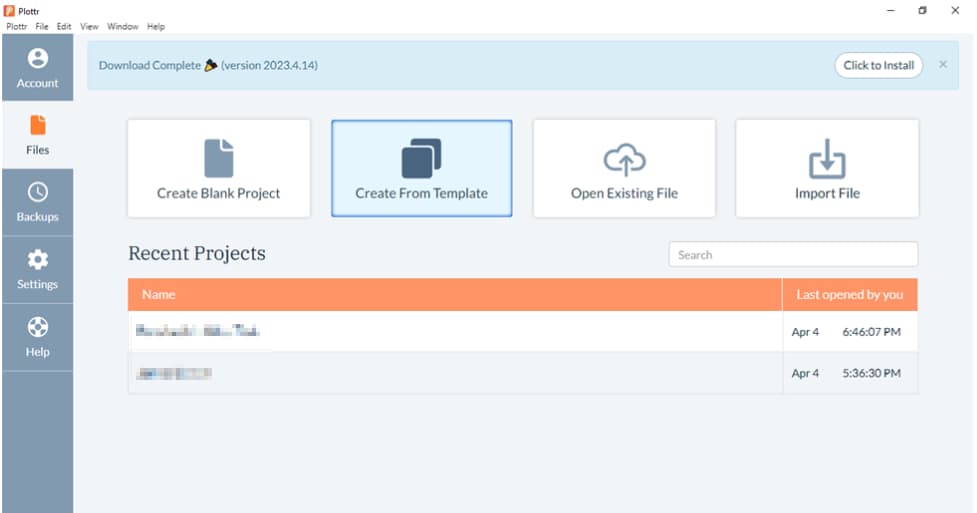
- Step 2: Scroll down to the Propp Folk Structure plot template, click that, then click Create New Project
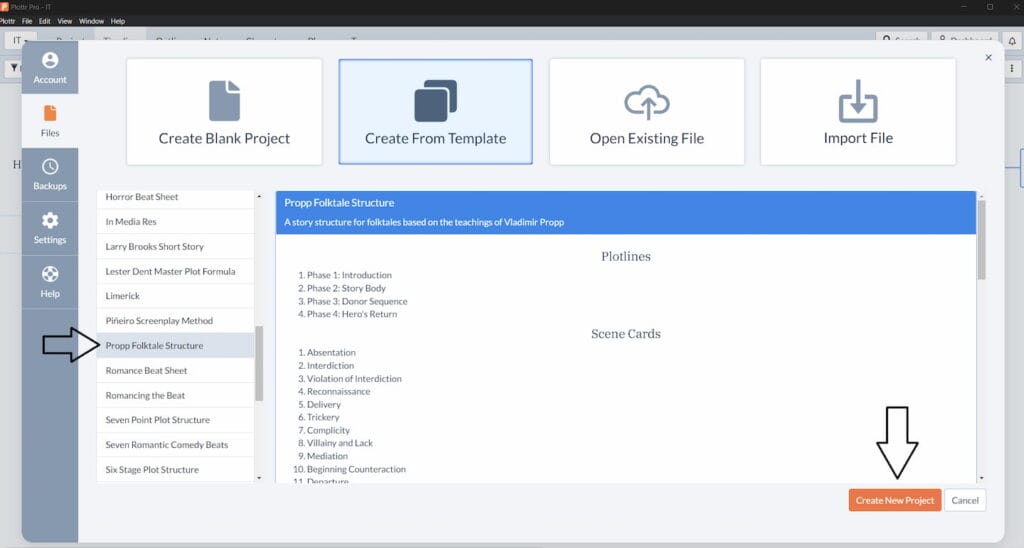
- Step 3: After you name your project so you can find it easily later, you’ll see the timeline view
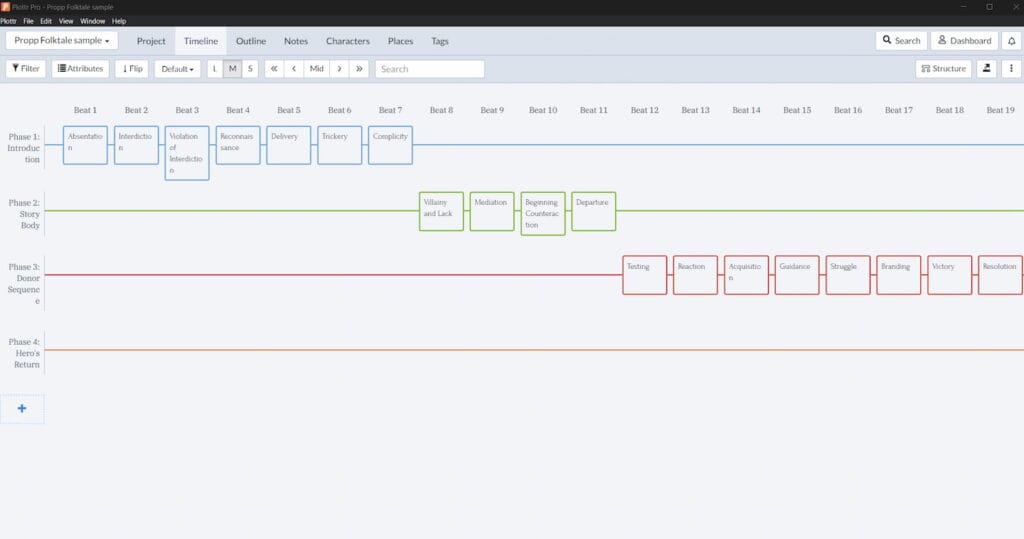
Pro tip: The above is on ‘Medium’ zoom (click L, M, or S to toggle between how many screen cards are fit in one frame).
- Step 4: Click on any of the beats from the Propp Folktale structure template to start adding your story ideas
You can also add further timelines if you want to create subplots or other concurrent story arcs. This template works well with other fantasy and folktale oriented templates such as:
- The Story Circle (plot template)
- The Magic Blueprint (character template)
- Three Act Structure (plot template)
Create Your Own Classic
Now that you’ve seen the power of building a story based on the Propp Folklore plot structure, it’s time to apply it to your own future classic. Head over and start a free Plottr trial and let us know what you think about this story structure in the comments!
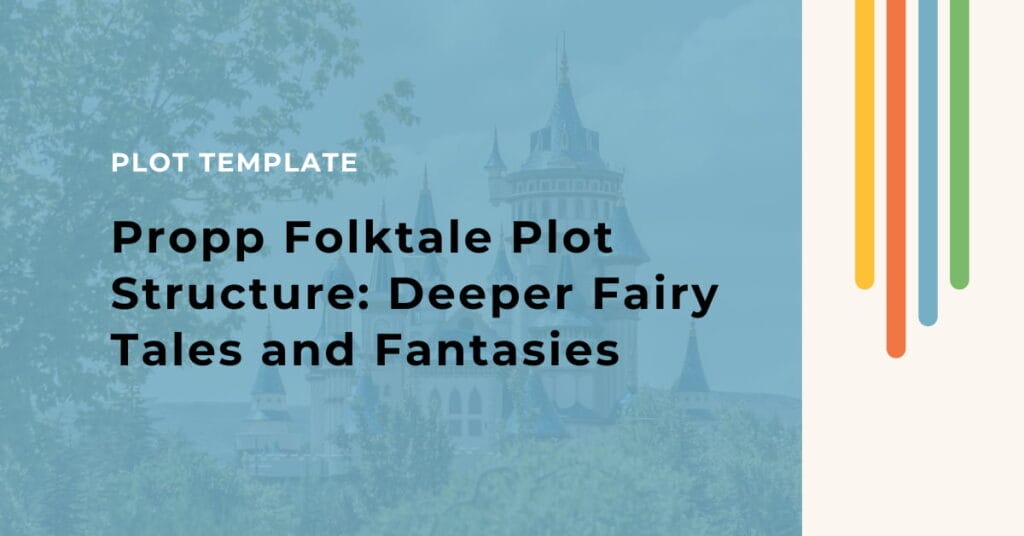
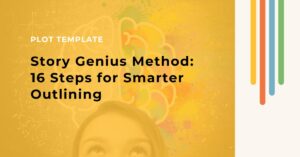
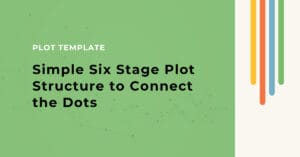
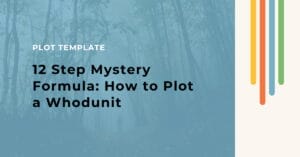




Comments